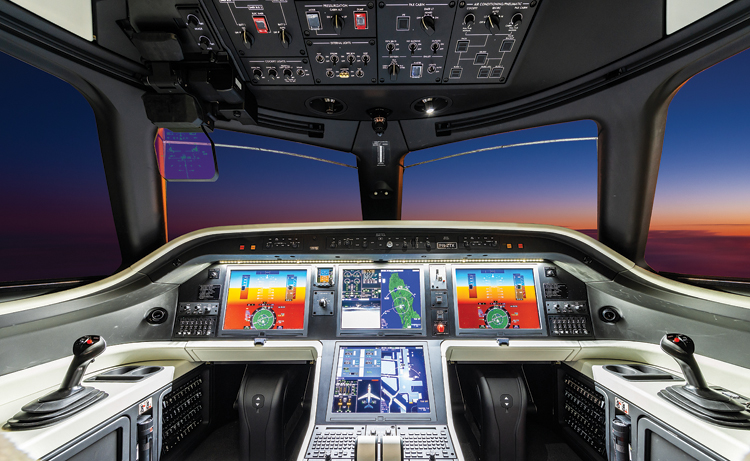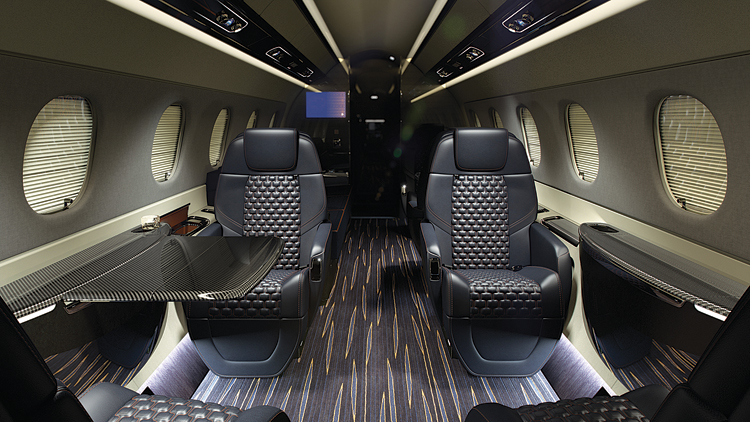Embraer’s UX Design Philosophy
Jay Beever, Vice President, Interior Design, Embraer Executive Jets believes that true innovation must be the design driver that elevates the full spectrum of the customer experience, from user experience to operational efficiency to ownership excellence

How Does Innovation Elevate the User Experience?
The proliferation of Access Economy business models raises a fundamental question about customer experience. Who is the customer? While user experience—or UX—is prominently highlighted as the differentiating factor, sustainability of this new ecosystem demands that the stakeholders who make it available also enjoy the ultimate customer experience, as a profitable operator or as an aircraft owner—or both.
THE UX DESIGN PHILOSOPHY
User experience design must prioritize the same freedom of movement brought by business aviation travel inside the aircraft. The experience of space must be translated into individual comfort. When space becomes personal, the ability to personalize one’s environment enhances their sense of freedom.

Comfort is human, and so are the factors that dictate the design of personal space and comfort. The world’s finest products are typically appreciated for their exquisite craftsmanship. To achieve this goal, planning and deep study into the final execution are required before the work of assembly even begins. The final aesthetic should be beautiful and robust, pleasing the passengers with each feature and movement, and delighting the senses with multiple layers of detail that keep them wondering how it was done.
THE UX INNOVATION QUEST
While ergonomics are the foundation of comfort and craftsmanship defines elegance, innovation must drive our quest to deliver the ultimate customer experience, for the users, the owners, and for the operators who make it all happen, every day. This quest must be perpetual.
Every now and then someone comes along and takes a closer look at a product we already believe to be a modern marvel of science and technology, and of course, human ingenuity. Bicycles, vehicles, boats, and aircraft, have each become objects of innovation, immediately upon invention.
THE UX ROLE OF TECHNOLOGY
Technology should be invisible but the benefits must serve the customer, just as fly-by-wire transparently makes flights the smoothest possible. Introducing a new technology as a new interior design style will only create the necessity for a new style in the future, for the same reason: more new technology. For technology to serve its purpose in the interior design of an aircraft, it must be transparent. As it disappears aesthetically and only appears functionally, on demand, it becomes timeless. Only then will it fulfill its role, which is to serve the customer, not vice-versa.

Also transparent is the fundamental aspect of interior design; architecture. Traditionally, changes in aircraft interiors have required complete replacement of affected elements. Innovation in aircraft interior architecture has allowed for the creation of zones of personalization as well as maintenance accessibility for rapid replacement operations between flights.
As the popularity of the Access Economy increases, aircraft and their interiors will have to stand the test of time as they serve their users in a high utilization environment and deliver profitable results to their owners, while offering efficiencies that drive sustainable operations. True innovation must be the design driver that elevates the full spectrum of the customer experience, from user experience to operational efficiency to ownership excellence.





